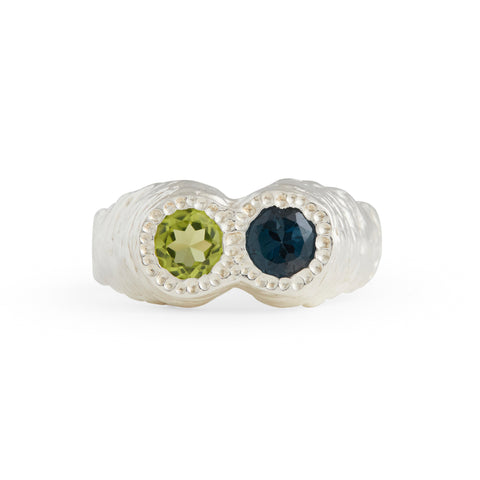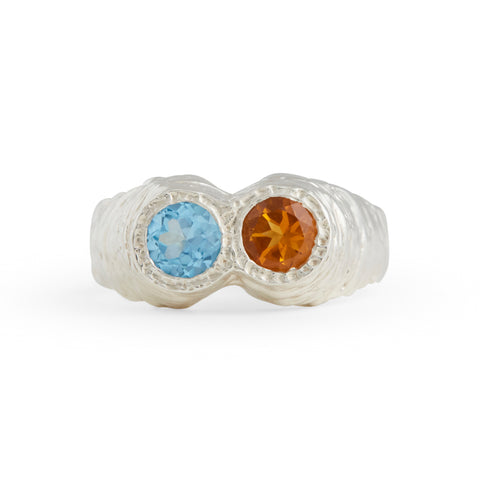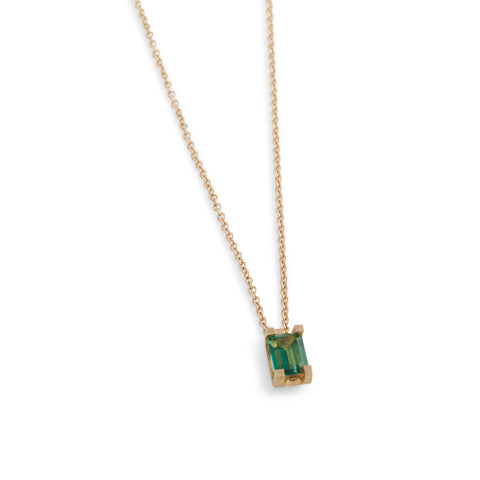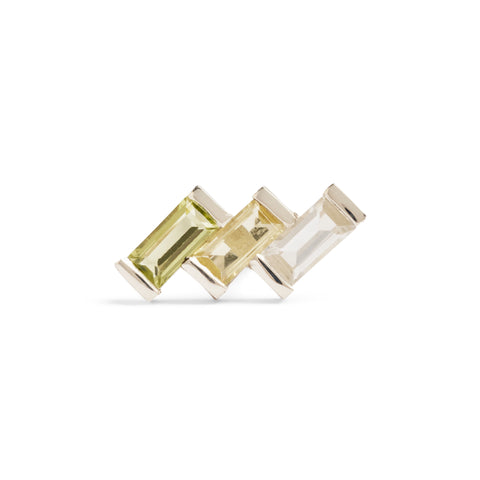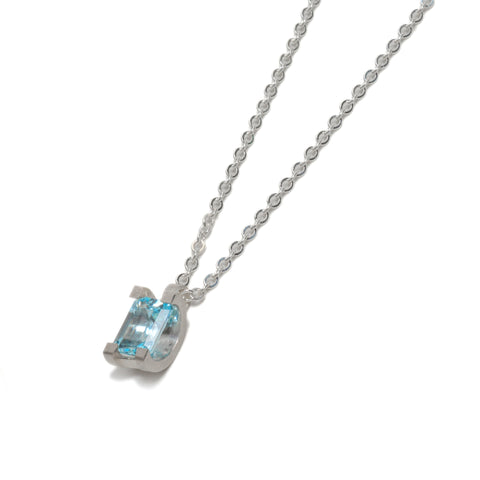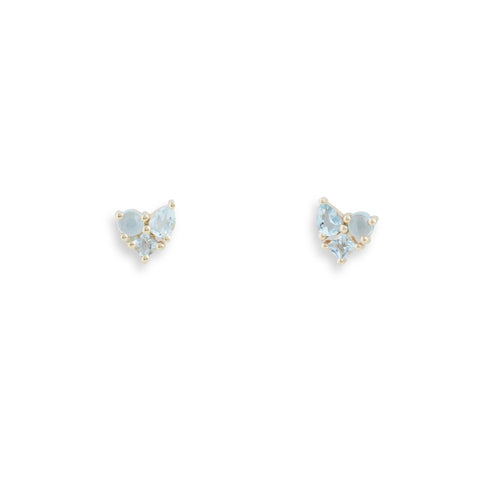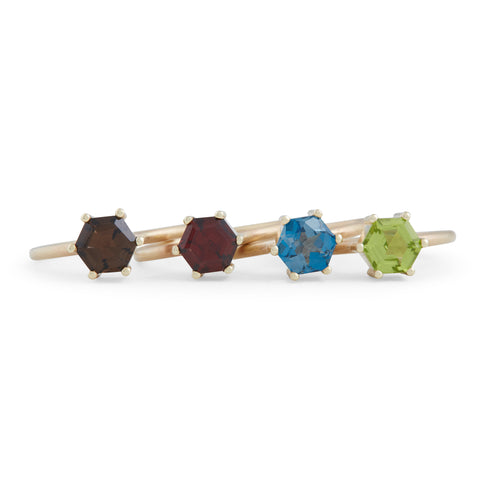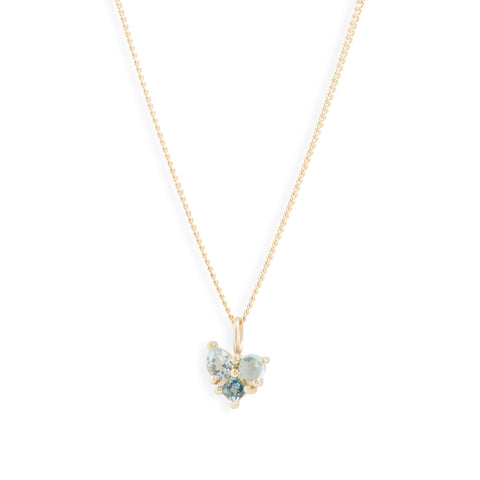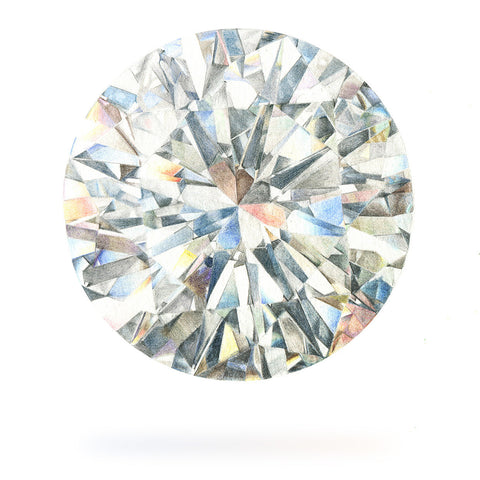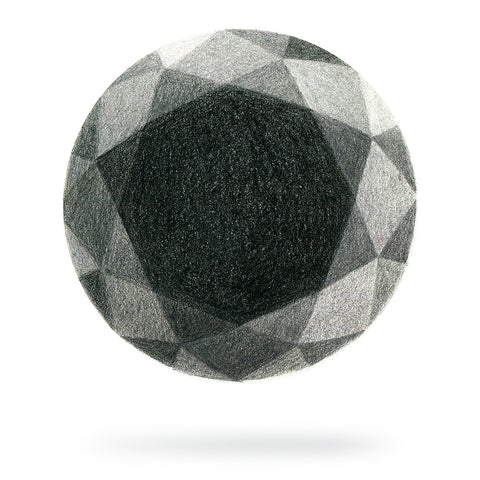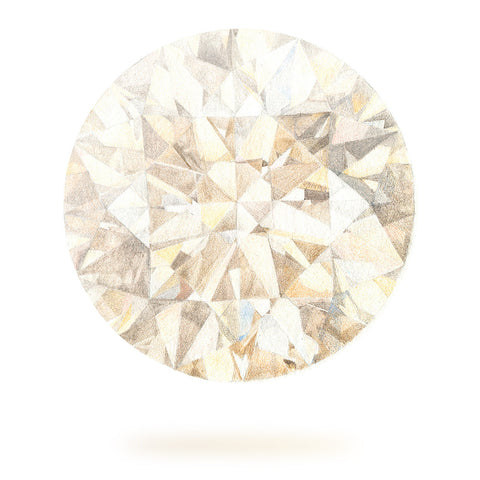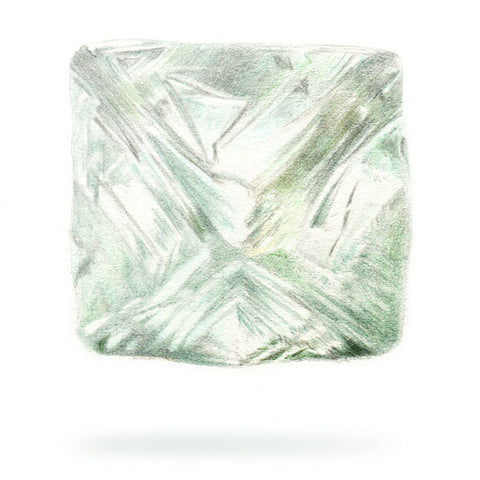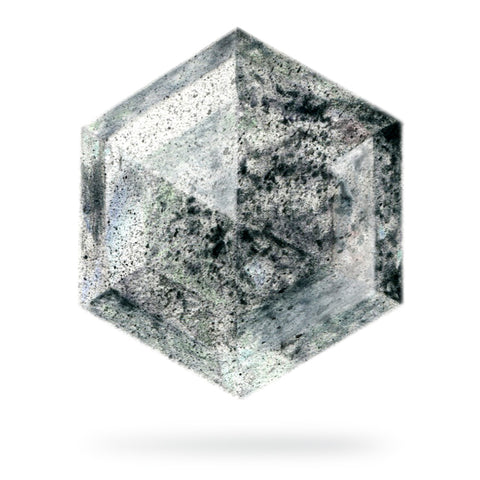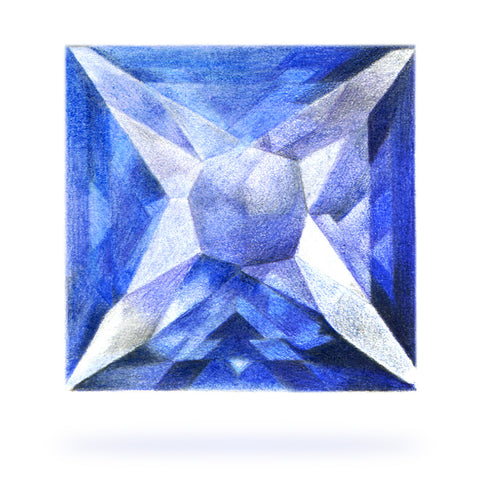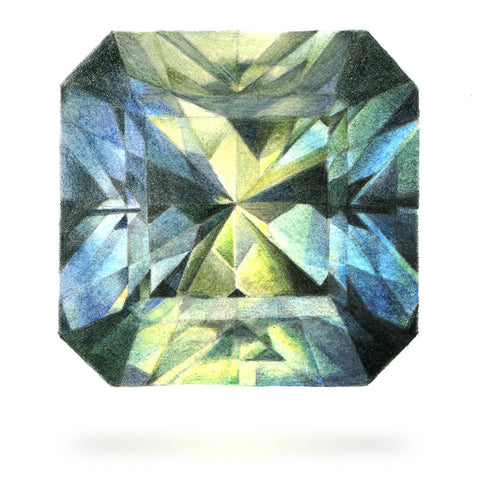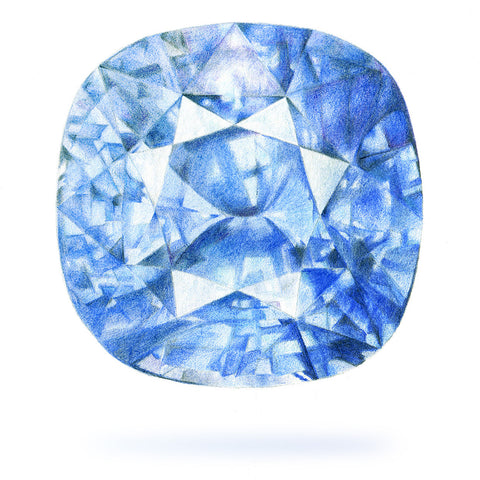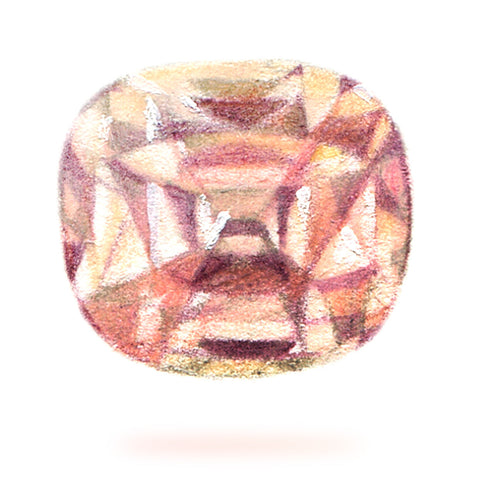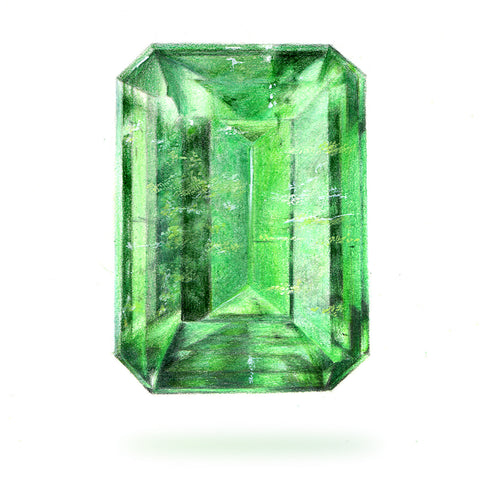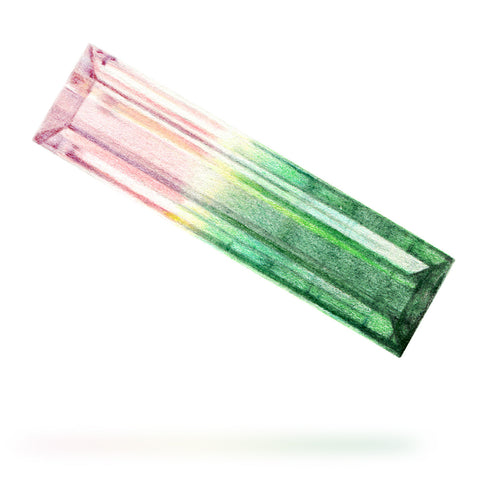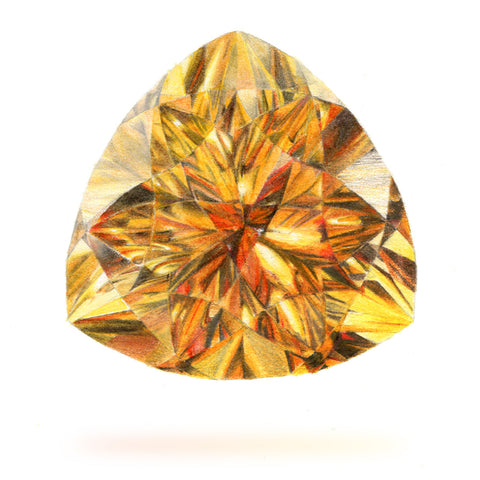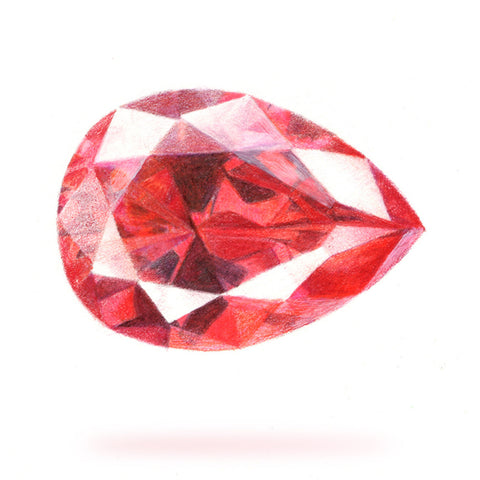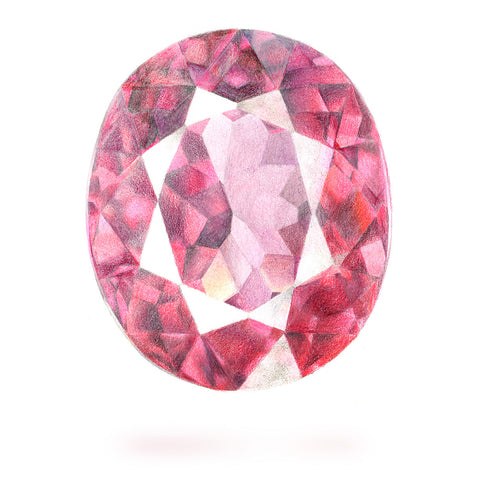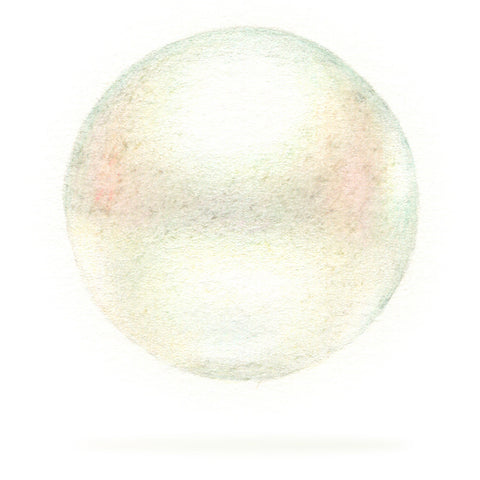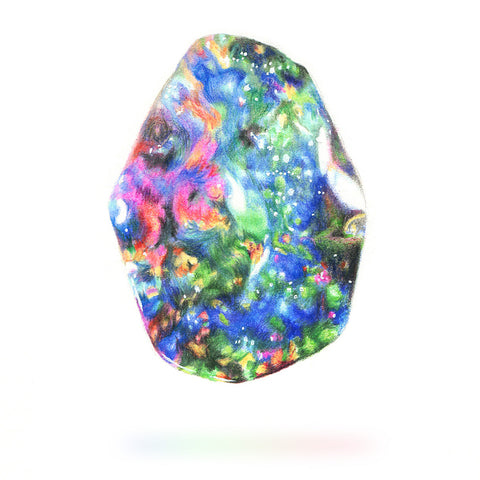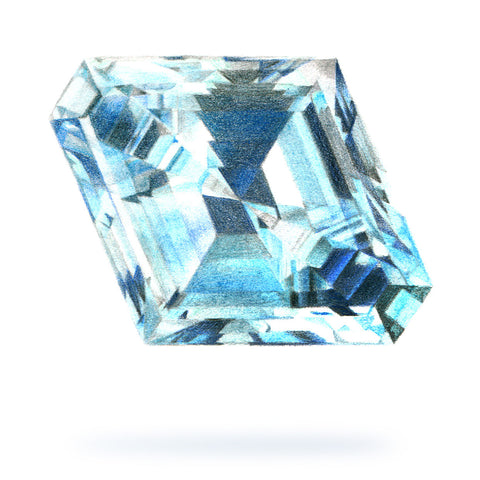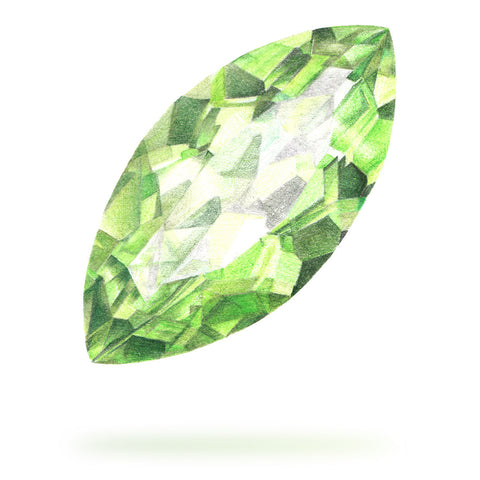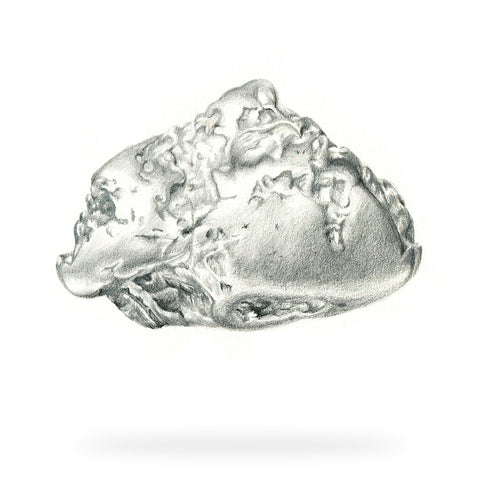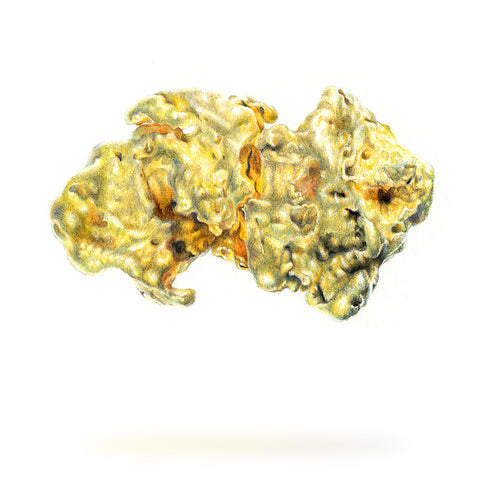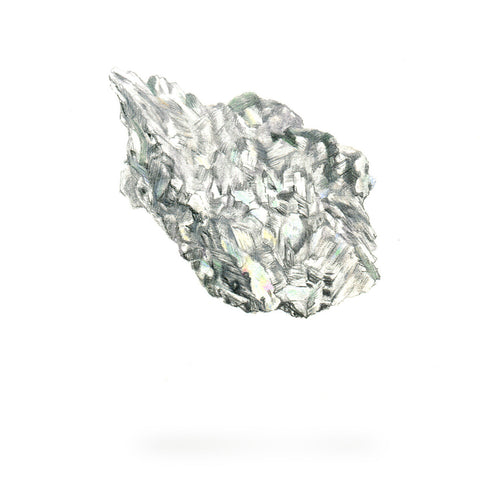Topaz

Topaz is an excellent gem due to its hardness and availability. While it comes in a huge array of colours, most topaz begins as colourless and is then treated to make it blue, the colour most frequently associated with topaz. It can grow into very large crystals, thus making for some of the largest faceted gemstones in history. The most famous faceted blue topaz is the Blue Brazilian Princess, a 9,381 carat stone the size of a rugby ball.

- Mineral/Topaz
- Colour/Various & colourless
- Moh's Hardness/8
- Birthstone/November (Precious); December (Blue)
- Anniversary/4th (Precious); 23rd (Imperial)
GRADING
Blue topaz is the most common colour, but rarely naturally occurring. The deepest blue, and the most valuable, is known as London blue while the softer blue is called Swiss blue. Since the 1960s, most blue topaz on the market is actually colourless white topaz that has been irradiated or heat treated. Other colours are more rare, such as red topaz which is also known as Imperial topaz. This colour of topaz is the most valuable and represents less than half of 1% of all topaz mined. Topaz also has perfect cleavage and is pleochroic, meaning it can show different colours in different crystal directions.
In terms of clarity, blue topaz is rarely included. The other rarer topaz colours may have some inclusions, but these are typically accepted in the gem trade due to the rarity of these gems. In terms of size, topaz grows to some of the largest sizes of all gems; the larger rough is measured in kilograms, not carats. Because of it’s long crystal structure, the rough is often cut into long shapes like baguettes, ovals and pears to maximise yield. It is a relatively inexpensive gem with good hardness and clarity, making it an excellent choice for jewellery.
HISTORY
The name topaz is said to come from the old Greek name for the island of Topazios, which is now known as Zabargad Island in Egypt. Here they mined peridot, which was at the time misidentified as topaz before the advent of modern gemology and mineralogy. It is also claimed to have come from the Sanskrit word for fire and the Hindus believed topaz to be a sacred stone that brought wisdom and longevity to the wearer. African shamans also believed it to be a sacred stone, using it in healing rituals. During the Renaissance in Europe, topaz was thought to break spells and quell anger.
Russia's Ural Mountains became the main source for topaz in the 19th century, producing the much prized pink-orange Imperial topaz, named to honor the Russian Tsar and thus decreed to be worn by royals only. By the mid 19th century, large topaz deposits were found in Brazil, making topaz a much more affordable and widely available gemstone. The largest topaz ever recorded was found in Minas Gerais, Brazil and weighed 271 kilos! Brazil is still the leading global producer of topaz with other sources found in Pakistan, Afghanistan, India, China, Myanmar, Sri Lanka, Japan, Russia, Ukraine, Australia, Madagascar, Namibia, Nigeria, Zimbabwe, Mexico, and the United States.
CARE
Topaz rates high on the scale of hardness at 8, but has a risk of cleaving and chipping so must be treated with care. It is best to avoid sudden, dramatic changes in temperature and ultrasonic cleaning machines. Clean as you would most other gemstones by soaking in warm soapy water and using a soft brush to dislodge any dirt and grime. Dry with a soft cloth.



